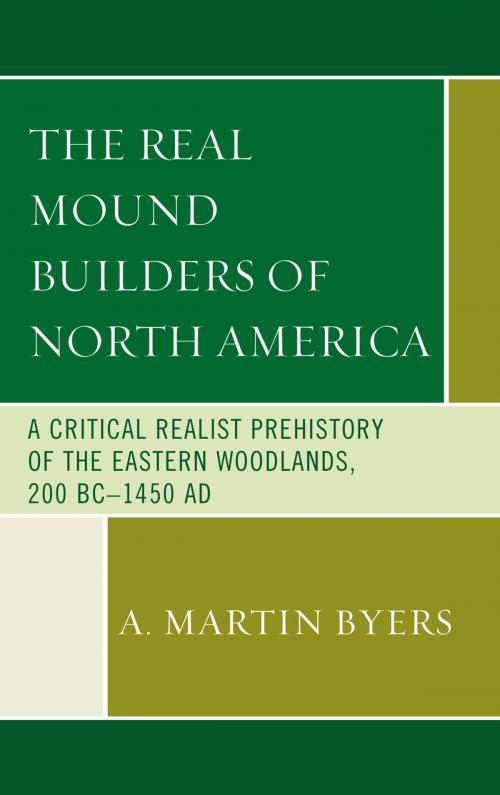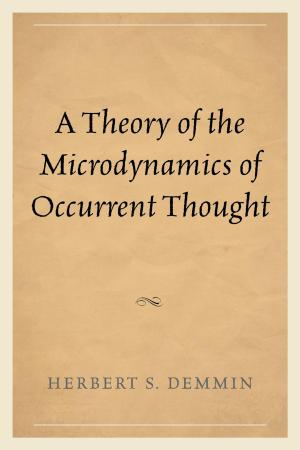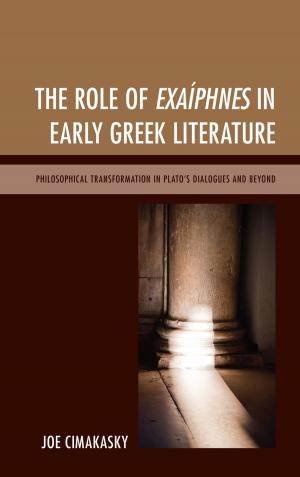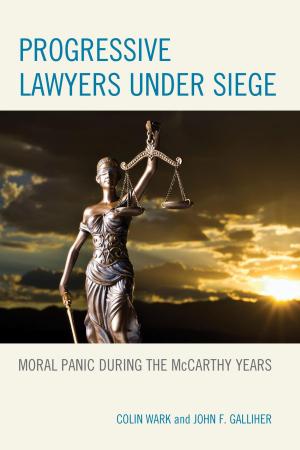The Real Mound Builders of North America
A Critical Realist Prehistory of the Eastern Woodlands, 200 BC–1450 AD
Nonfiction, Social & Cultural Studies, Social Science, Archaeology, Anthropology, History| Author: | A. Martin Byers | ISBN: | 9781498570633 |
| Publisher: | Lexington Books | Publication: | February 2, 2018 |
| Imprint: | Lexington Books | Language: | English |
| Author: | A. Martin Byers |
| ISBN: | 9781498570633 |
| Publisher: | Lexington Books |
| Publication: | February 2, 2018 |
| Imprint: | Lexington Books |
| Language: | English |
The Real Mound Builders of North America takes the standard position that the cultural communities of the Late Woodland period hiatus—when little or no transregional monumental mound building and ceremonialism existed—were the linear cultural and social ancestors of the communities responsible for the monumental earthworks of the unique Mississippian ceremonial assemblage, and further, these Late Woodland communities were the direct linear cultural and social descendants of those communities responsible for the great Hopewellian earthwork mounds and embankments and its associated unique ceremonial assemblage. Byers argues that these communities persisted largely unchanged in terms of their essential social structures and cultural traditions while varying only in terms of their ceremonial practices and their associated sodality organizations that manifested these deep structures. This continuist historical trajectory view stands in contrast to the current dominant evolutionary view that emphasizes abrupt social and cultural discontinuities with the Hopewellian ceremonial assemblage and earthworks, mounds and embankments.
The Real Mound Builders of North America takes the standard position that the cultural communities of the Late Woodland period hiatus—when little or no transregional monumental mound building and ceremonialism existed—were the linear cultural and social ancestors of the communities responsible for the monumental earthworks of the unique Mississippian ceremonial assemblage, and further, these Late Woodland communities were the direct linear cultural and social descendants of those communities responsible for the great Hopewellian earthwork mounds and embankments and its associated unique ceremonial assemblage. Byers argues that these communities persisted largely unchanged in terms of their essential social structures and cultural traditions while varying only in terms of their ceremonial practices and their associated sodality organizations that manifested these deep structures. This continuist historical trajectory view stands in contrast to the current dominant evolutionary view that emphasizes abrupt social and cultural discontinuities with the Hopewellian ceremonial assemblage and earthworks, mounds and embankments.















